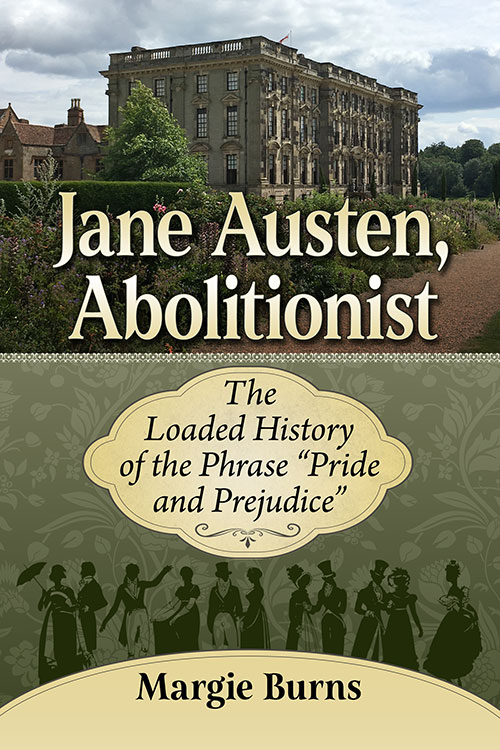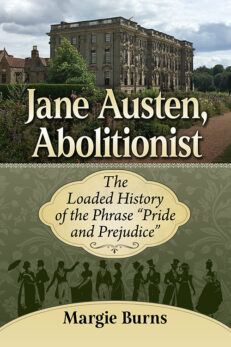Jane Austen, Abolitionist
The Loaded History of the Phrase “Pride and Prejudice”
$49.95
In stock
About the Book
The history of the phrase “pride and prejudice” before it became the title of Jane Austen’s most famous novel is largely forgotten today. In particular, most of the reading public is unaware that “pride and prejudice” was a traditional critique adopted by British and American antislavery writers. After Austen’s lifetime, the antislavery associations intensified, especially in America.
This is the only book about the tradition and the many newly discovered uses of “pride and prejudice” before and after Austen’s popular novel. Hundreds of examples in an annotated list show the phrase used to uphold independence—independent judgment, independent ethical behavior, independence that repudiated all forms of oppression. The book demonstrates how, in a natural evolution, the phrase was used to criticize enslavement and the slave trade. Eighteenth-century revolutionary Thomas Paine used it in Common Sense, and nineteenth-century abolitionist Frederick Douglass used it throughout his lifetime. Choosing her title for these resonances, Austen supported independent reason, reinforced writing by women, and opposed enslavement.
About the Author(s)
Bibliographic Details
Margie Burns
Format: softcover (6 x 9)
Pages: 267
Bibliographic Info: 10 photos, notes, bibliography, index
Copyright Date: 2024
pISBN: 978-1-4766-8531-1
eISBN: 978-1-4766-5404-1
Imprint: McFarland
Table of Contents
Preface 1
Introduction 3
Part I—The English Phrase “Pride and Prejudice”: Reason, Independence, Abolition 7
1. Pride, Prejudice, and Independence 8
2. Enslavement and “The oligarchy of white inhabitants” 19
3. Secular Nonfiction and Public Affairs 24
4. “The triumph of virtue over pride and prejudice”: Women as Authors 38
5. Austen’s “Darling Child,” the Novel 52
6. Early Readers: Reviewers and Fans 64
7. “Pride and Prejudice” After Austen: Enslavement and Abolitionism 98
8. Frederick Douglass, “pride and prejudice,” and Reconstruction 121
Part II—“Pride and prejudice” Before and After Austen’s Novel: An Annotated List 131
Seventeenth Century 132
Eighteenth Century 149
Nineteenth Century 184
Chapter Notes 247
Bibliography 251
Index 257






